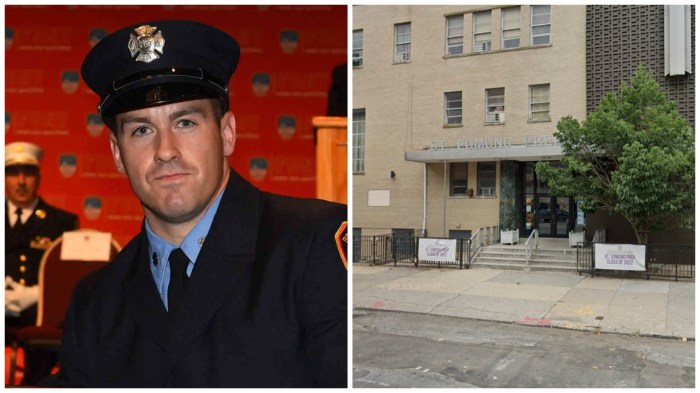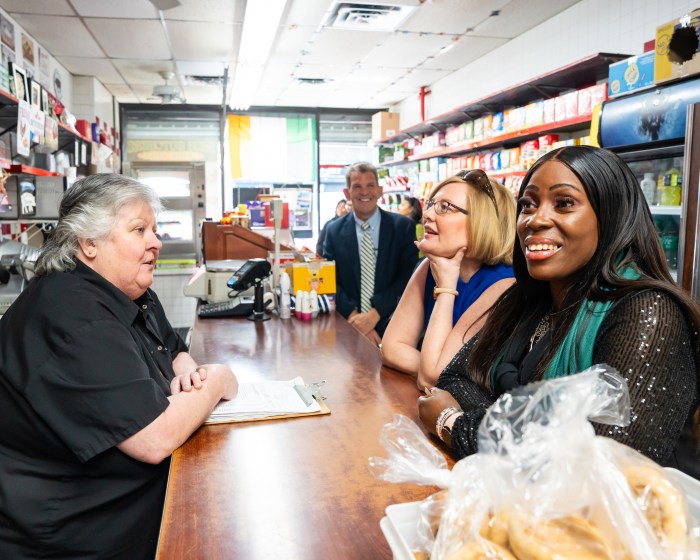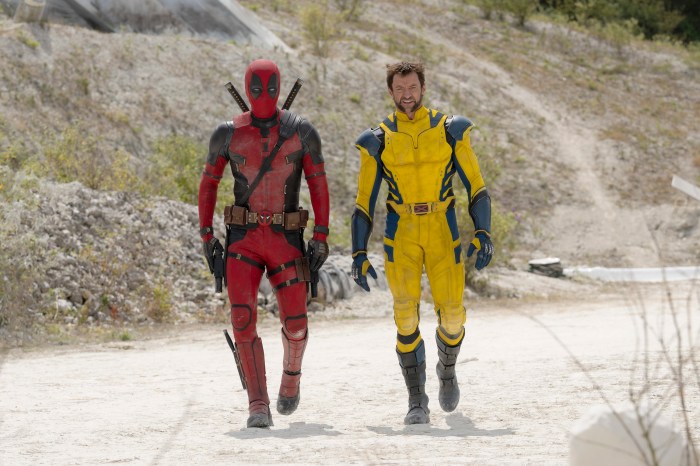The crisis over 18-year-old drinking in New York City is as real as President George W. Bush’s weapons of mass destruction. It is concocted on two false premises—that drinking five drinks at a sitting is binge drinking and that young adults are drinking irresponsibly. In fact, the definitions are designed to create a crisis when there is none.
Adolescents learn about intoxication primarily from watching their parents and watching their peers. Yes, there are children under 13 who drink and get high, and sadly there are even children who drink because their parents challenge them to drink. This group remains small, but important. For other young adolescent it is their first chance to see people their own age use these substances, and they do pay attention. However they don’t necessarily go out and drink — most know it is too soon; their friends that use alcohol and drugs thereby become the opposite of role models. They are kids at risk who constantly are in trouble and often have bad grades.
But as teenagers mature, they have a full mix of adult experiences — sex, staying up all night, serious intellectual discussions, and encounters with the police. They also enjoy the company of older friends and adults. By 15 or so, a large number of adolescents know how to get liquor and drugs, but again, the majority doesn’t partake. But as each year goes by, more and more teenagers engage in these behaviors. This argues that most adolescents consider their initiations — plural because there are many initiations — with care and are acting responsibly.
By the time they graduate from high school, they are adults who are expected to work or go on to higher education. At this point, they are managing their own money (even with parental help, they must still budget), signing contracts, encountering sexual possibilities, driving, voting, and more.
But many in our society consider young adults incapable of handling a drink.
It seems absurd to say that they can’t drink. Just as it seems unfair to say they must only drink in moderation. Simply put, people learn about moderation by experiencing excess. Just because they get totally trashed one night, doesn’t mean it was fun. It can be the type of negative experience that convinces them to watch their behavior next time.
The bottom line is that learning about these types of behavior varies with the individual, and ought to be protected by a right to privacy. It should be private, in part, because no one can predict what the individual will do the next time they go out. Experience teaches us there is no one path from inexperience to adult habits. It is a challenge that each individual must resolve privately.
A corollary to these propositions is that making it difficult, even cumbersome for 18-21 adults to drink undermines the social objective — moderation. If young adults face hurdles to drinking in one situation, then they use other occasions to make up for lost time. The absolutist condemnation of drinking creates a social norm; for young people — particularly those who grow up in homes with no drinking — the expectation perversely becomes that the aim of drinking is to get wasted. That needn’t be true, and it’s a terrible thing for government to reinforce this false belief.
One of the great benefits of a New York City childhood is the opportunity for all the varied experiences that are available. When city youngsters go on to college, they are less likely to be immersed in drugs and alcohol. To a greater or lesser extent, he or she has been there and done that.
Young adults from the suburbs and small towns are far more likely to over-indulge the first time drugs and alcohol are accessible. They have no models for moderation. Indeed, they are often raised in subcultures which preach that moderation is impossible. Moderation seems a chimera, a hopeless quest. In this environment, the only model for the consumption of intoxicants is based in alcoholism and addiction. New York City should not import this misperception into its culture.
The ostensible reason for cracking down on clubs is to prevent drunk driving. With public transit the predominant mode of travel for city youth, that is a dubious argument in New York, but it is increasingly out of touch with reality in the suburbs as well. Driver’s education works and has reduced adolescent automobile accidents. National statistics don’t present a picture of a crisis. In 1980, 42 per 100,000 adolescents age 15 to 19 died from motor vehicle accidents; by 2003, the number had dropped to 27, a 36 percent drop.
Yet “experts” have redefined the picture to maintain the crisis. In 1998, researchers at the Harvard School of Public Health decided that binge drinking equaled five drinks. In Sweden, that measure is reached at a half bottle of hard liquor or two bottles of wine; in Italy eight drinks a day is considered normal, while in England binging starts at 11 drinks. (For more information on these differences, visit http://www2.potsdam.edu/hansondj/.) The older definition in the U.S. posited that two days of intoxication leads to conflicts with employment and family obligations. That definition had nothing to do with a night out with friends and alcohol.
New York City once had a nightlife that was based in a laissez faire attitude that implicitly assumed that adolescent drinking offered youngsters a variety of models for consumption. Competent, even successful people drank. Schools and parents taught you that drinking to excess was dangerous. This changed after Rudy Giuliani became mayor and cracked down on stores selling beer to youngsters for the first time in the city’s history. The new enforcement actions against the Chelsea clubs are an extension of those efforts.
There is no good reason to assume that by some magic people who don’t drink at 20, will start drinking responsibly at 21. Human development simply isn’t that neat. These arbitrary rules are set up to ease the burden of law enforcement which craves the bright line test. We have a national system of 21-year-old drinking—enforced by the allocation of Washington highway money — but a proper respect for federalism and local mores would permit variations in enforcement.
In New York City, this would mean that the law is flexible and even looks the other way. Such a policy would definitely preclude the NYPD from sending dozens of under-21 cadets into cabarets trying to trick bartenders on a busy Saturday into selling a drink to a perfectly competent adult who has passed numerous fitness tests toward becoming a police officer.
The problem with the crackdown on “underage drinking” is that 18-year-olds aren’t underage.
Post-9/11 Science: Americans Are World’s Only Humans
gaycitynews.com

































